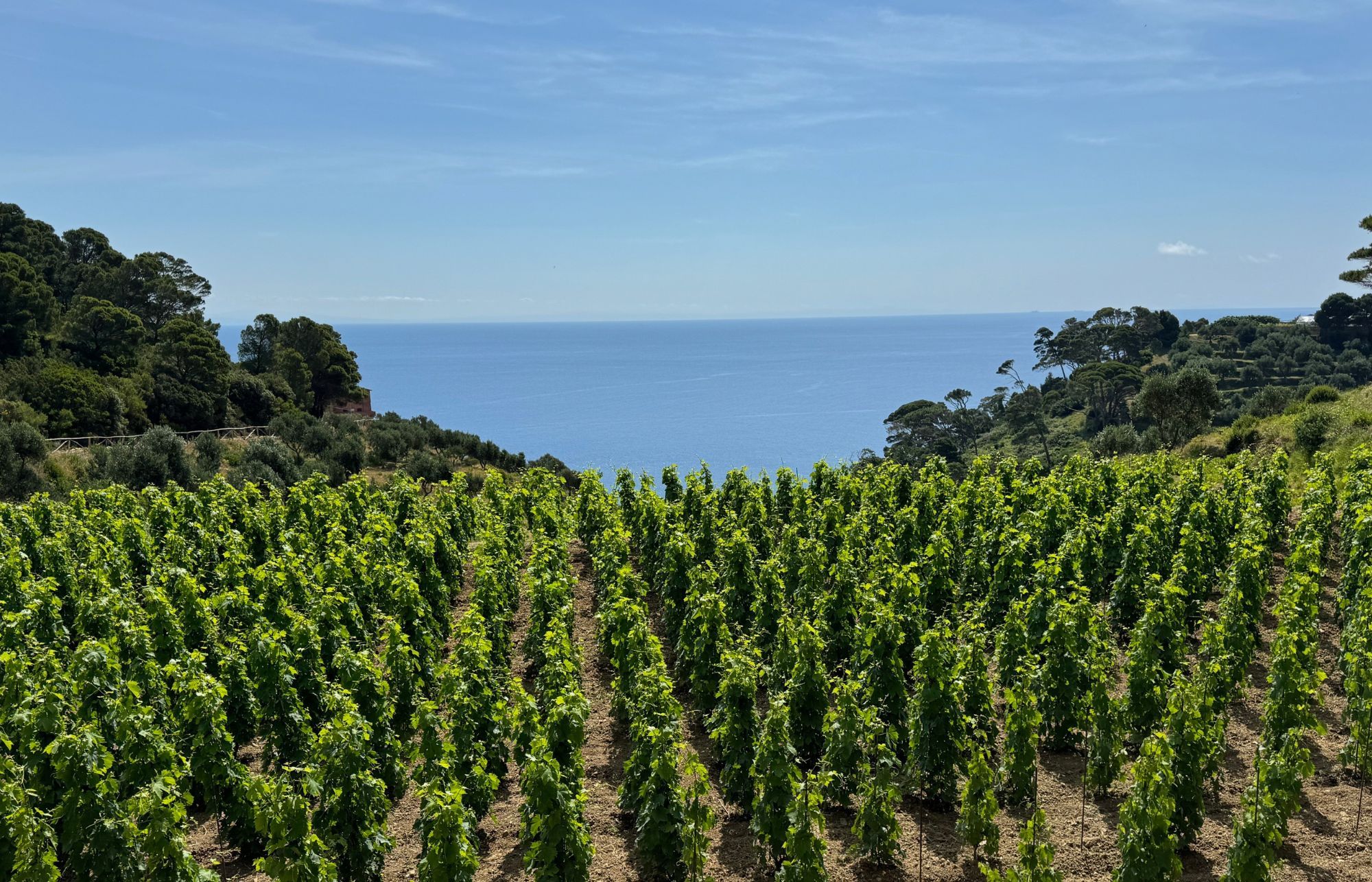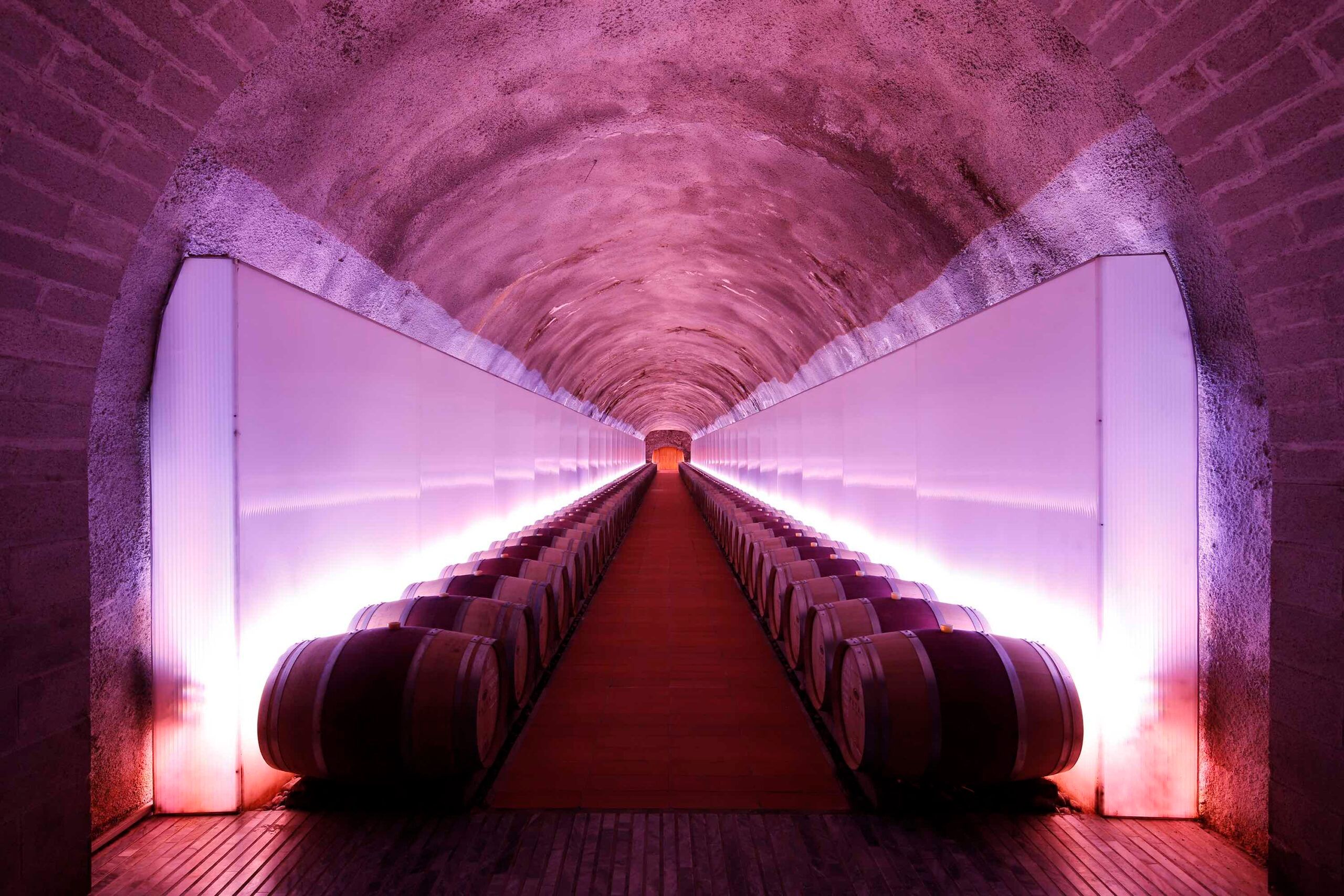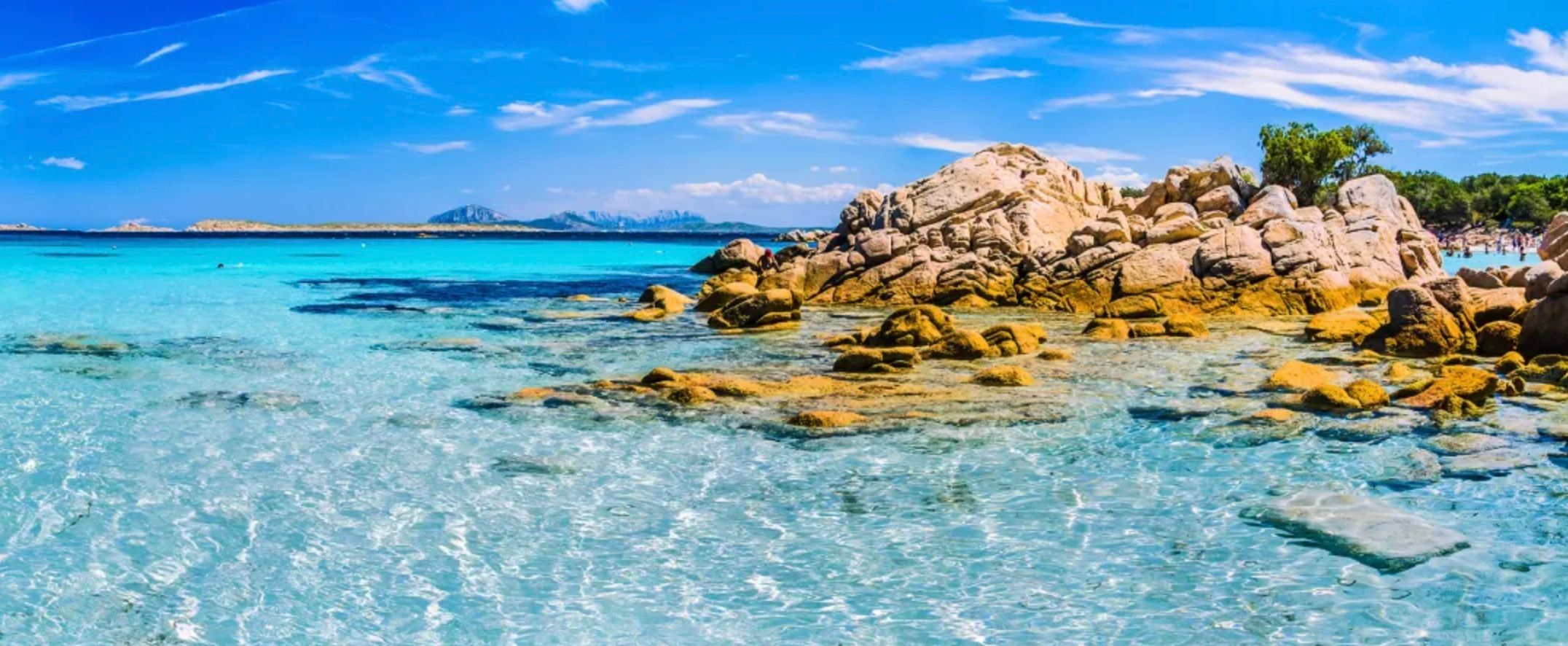The story of the important Sardinian winery of Sella & Mosca is an intrepid one, worthy of a grand 20th century novel. The Sella family was originally from Biella in Alto Piemonte. They were wool-makers with property in Bramaterra and Lessona, including what is today Tenuta Sella. After the death of Giuseppe Venanzio Sella in 1876, his eldest son inherited the estate, leaving the three other sons to go their separate ways.
One became a banker, one a photographer, another an explorer. It was the latter, Erminio Sella who, after a failed expedition to Alaska which resulted in the death of his brother-in-law, ended up returning to Italy, falling in love with Sardinia and starting a vine nursery in the aftermath of phylloxera with the aid of experts from Montpellier and one Edgardo Mosca.

Vineyards were planted in 1901 in Alghero, north-west Sardinia
Vineyards were planted in 1901 in Alghero, north-west Sardinia, and five years later, Sella & Mosca was offering 1,671 different European varieties grafted onto American rootstocks.
Over the course of the 20th century, Sella & Mosca built the vine nursery business and wine production. They were early champions of the rare Torbato (also known as Malvoisie de Roussillon and a speciality of Sella & Mosca), as well as Cannonau and Vermentino.
The great French interloper, Cabernet Sauvignon, had been on offer to their nursery clients as early as 1905, long before it would be showcased by Sassicaia. Given Sella & Mosca’s focus on more local varieties for its own wine production, it wasn’t until 1982 that Cabernet Sauvignon was used in the Sella & Mosca wines, but as an ameliorator for Cannonau in their Tanca Farrà bottling. By 1989, with Cabernet at the peak of its popularity, the variety had established itself sufficiently at Sella & Mosca to warrant a varietal wine. With the 1989 vintage Marchese di Villamarina Cabernet Sauvignon was launched.
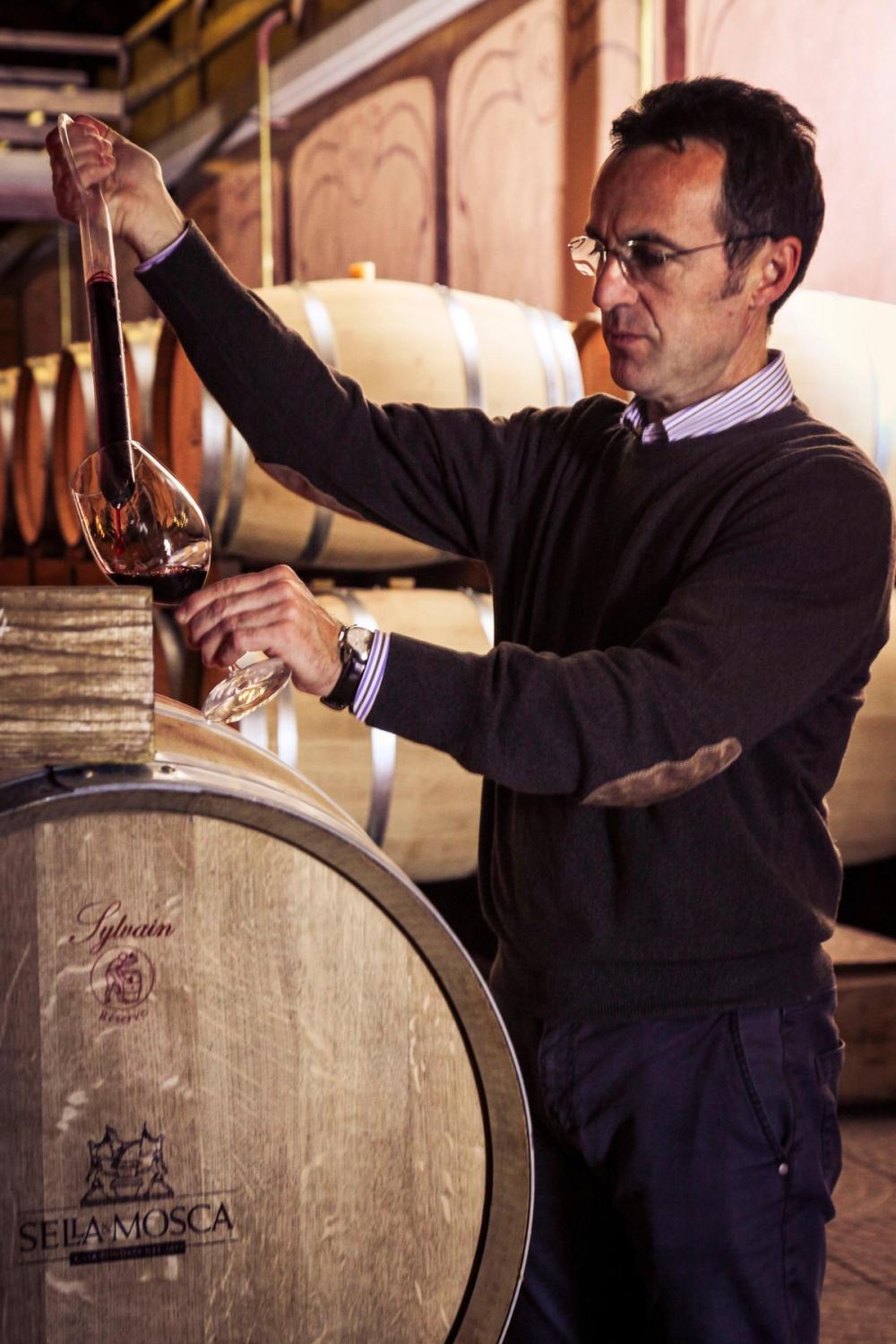
Giovanni Pinna, director and oenologist at Sella & Mosca
It was this wine which was the focus of a recent vertical tasting, held at City Social, hosted by Giovanni Pinna, director and oenologist at Sella & Mosca, and Walter Speller, Italian correspondent for jancisrobinson.com, who opened the tasting pugnaciously:
“I do not like Cabernet in Italy. That’s something I have never hidden because I think that Cabernet in Italy becomes a copy and tells a story of something else. Most Cabernet has been planted to emulate a style that is not Italian. That's what I have against it.”
Of course, Italy is a relatively modern concept; Sardinia was Catalan for far longer than it has been Italian, and Alghero was one of the chief fortresses of the Spanish (if you’ll allow the anachronism, as Spain hadn’t been invented then either) in the 14th century.
But, while it might seem slightly problematic to talk about the relative authenticity of various grape varieties in a place that has been Nuragic, Phoenician, Greek, Roman, Byzantine, Genoese (the likely bringers of Vermentino), Aragonian (so long, and thanks for all the Garnacha) and Savoyard before becoming Italian in 1861, it is a recurring topic in contemporary Italian wine discussions.
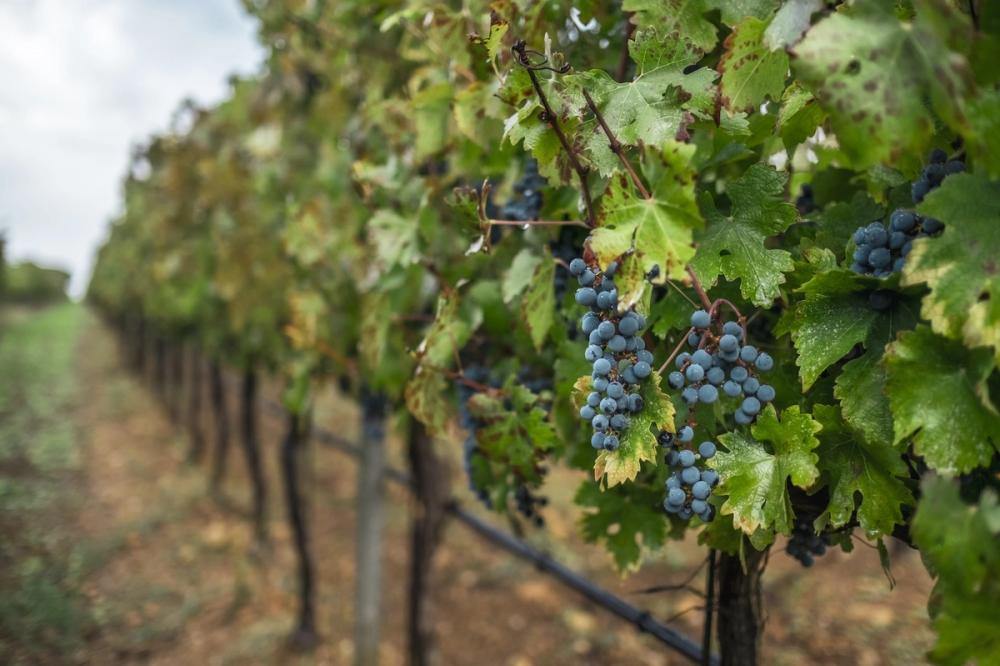
The idea was never to make an internationally-styled Cabernet to rival Tignanello and Sassicaia
However, Speller continues: “I was introduced to Marchese di Villamarina by a friend who is a restaurateur in Italy. I was completely struck by it because it didn't emulate anything. The terroir had eclipsed the variety.”
That statement was certainly borne out by the tasting. According to Pinna, the idea was never to make an internationally-styled Cabernet to rival Tignanello and Sassicaia, but “to bring out the terroir and reflect the Mediterranean environment. We could make a more international and more easy wine but that is not the philosophy,” he states.
Launched the same year as the Giacomo Tachis-influenced Turriga from Argiolas (another noteworthy Sardinian wine that leans heavily on Cabernet Sauvignon), Marchese di Villamarina doesn’t initially look much like a terroir wine, it has to be said.
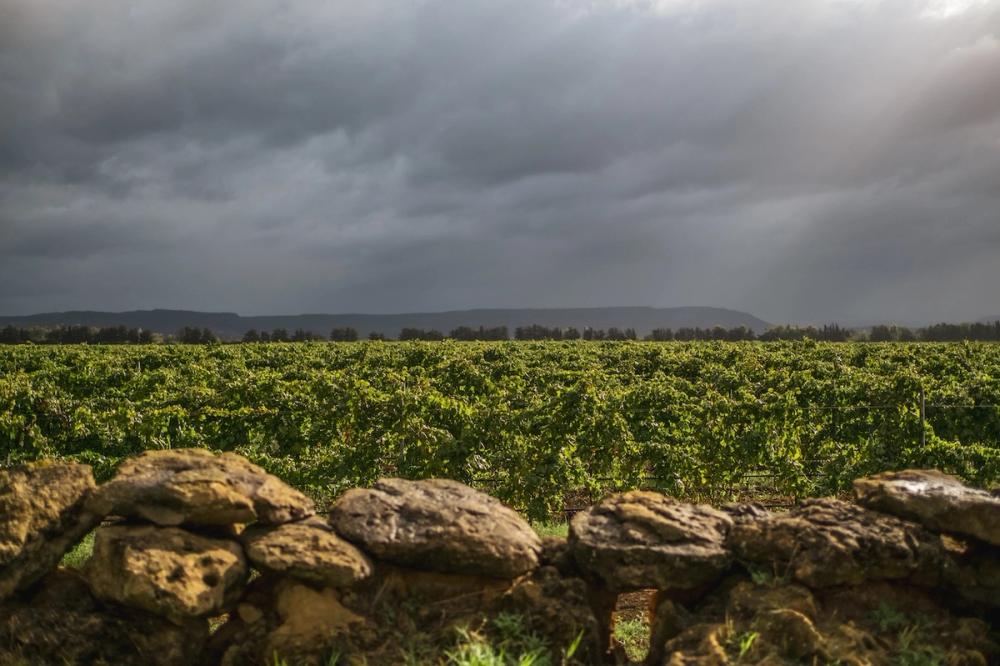
This isn’t a climat-style single vineyard wine because Sella & Mosca’s holdings in Alghero are in the form of one of Europe’s largest contiguous vineyards of 520 hectares planted on reclaimed marsh land (trés Cabernet). In fact, various Cabernet Sauvignon parcels within this vineyard are selected for the Villamarina bottling. Soils are largely clay with some limestone, good iron content and smaller quantities of sand — the vineyard is less than a mile from the sea. Note that there is no Medocain gravel, or, if you prefer, no sassi, here.
So what of the wines? They are certainly some of the most unusual Cabernet Sauvignon I’ve tasted, or perhaps I should say un-typical, because they mostly lack the recognisable signature of this well-travelled variety. When it comes to Sella & Mosca’s Villamarina, it is surprising how rarely the typical Cabernet clichés come into play, with the wines evoking the flavour and profile of Cannonau as often as red Bordeaux or Bolgheri.
The lineup below shows the diverse range of flavours despite a winemaking rubric that has not changed since 1989. Given the lack of varietal typicity in most of the wines, it’s hard not to agree with Speller that this is a wine that says more about where it is grown than what it is made from. In a world where Cabernet Sauvignon can feel as globalised and recognisable as Apple, whether you’re in Shanghai or Sardinia, Sella & Mosca’s Marchese di Villamaria can certainly make a genuine claim to uniqueness.
Tasting Notes
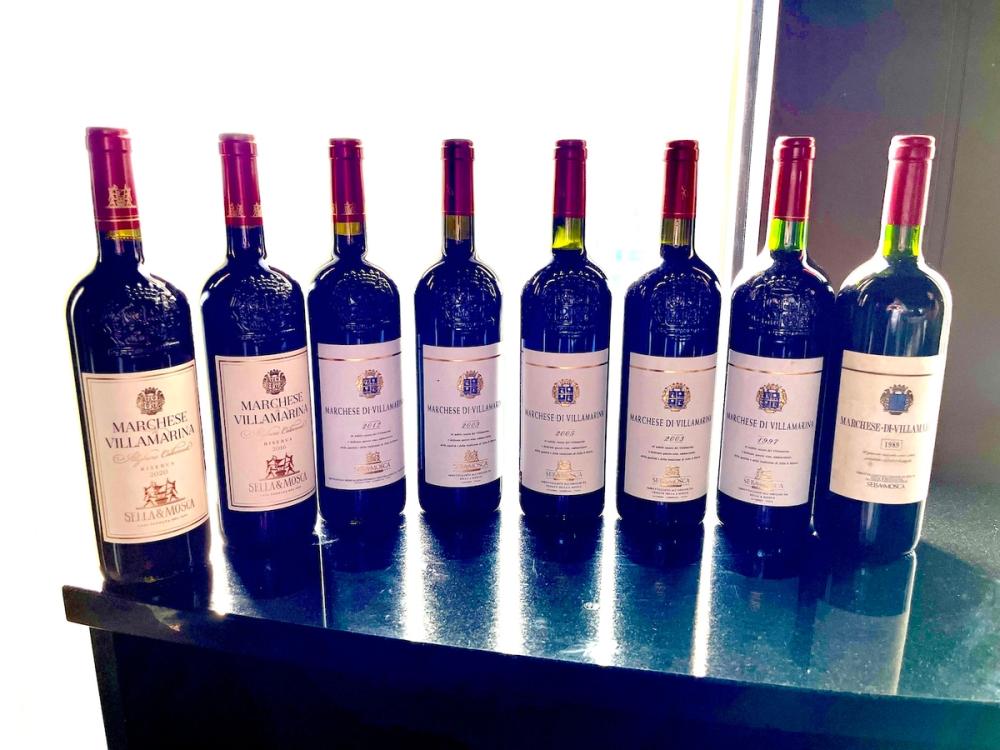
The grapes grow on soils with ferrous clays and sands. After harvest, the grapes undergo fermentation in stainless steel and long maceration on the skins; the wine then ages in barrique (50% new, 50% second use) for approximately 18 months, followed by 12 months in concrete and a year in the bottle before sale. “We do not want the oak to cover up the expression of the Cabernet,” Pinna says.
Marchese di Villamarina 2020
A good quality vintage that was in the cellar before the rains came. Tangy red and black cherry and some blackberry with grainy tannins, a lick of volatility and balsamic bite, a touch of dark cigar tobacco, some brown bread too. A light element of herbaceousness here, reminiscent of capers. Nice length, not a heavy weight, just a hint of beef stock. Long with lightly creamy oak that only emerges on the finish.
Marchese di Villamarina 2016
A strong and consistent vintage with good diurnal ranges in September and October helping to maintain freshness. This was also the first year of organic farming. Notably concentrated and rich with some dried violet notes, plush, ripe plums with a hint of caramelisation and fine, grainy tannins that are typically Cabernet Sauvignon. Polished and expressive.
Marchese di Villamarina 2012
A late, low-yielding harvest. There’s a kiss of Bovril-tinged oak and some brown bread notes on this nose, alongside grainy, lightly chewy tannins. This shows some cooked red fruits, tangy red cherry and a hint of prune, along with some mature barrique flavours that are moving towards mushroom and tobacco. Quite dense and opaque.
Marchese di Villamarina 2009
Considered an historic vintage here. Pronounced savoury nose, quite mature and attractive with lots of leather and meatiness. Some polished mahogany, fig, membrillo, plum, while the alcohol gives a thick-textured impression to the palate. Sweetly fruited and open. A touch of barrique pushes through and overtakes the fruit on the finish but this is impressive.

Marchese di Villamarina 2005
Fruit was picked in late October; a vintage that gave structured wines. This is impressively concentrated with assertive tannins. It feels considerably more youthful than the 2009 before it. Lots of perfectly ripe red and black fruit, a hint of tobacco and toast. Less beefy and oaky in impression than some earlier vintages, perhaps just a matter of maturity. Lightly balsamic with some bay leaf notes. Not overripe or jammy at all with a very appealing savoury undertow. A mere 13% too. Balanced and impressive, although could do with another few years yet, and can age for at least a decade more.
Marchese di Villamarina 2003
A notoriously hot harvest in Europe. By the Italian holiday of Ferragosta (August 15) the grapes were ripe; by the time people had returned from holidays the grapes were burnt, according to Pinna. Tannins are a little drying, not much juice or freshness on the palate. Quite caramelised with liqueur fruits. Typical of 2003 which today shows without timely human intervention, terroir and/or varietal character equally can be lost.
Marchese di Villamarina 1997
A very warm year and the peak of the Super Tuscan craze, according to Speller, while Pinni notes that this was “a very singular vintage, not unanimously liked.” This smells powerfully of liquorice and anethole, with tapenade notes and overt eucalyptus, bringing memories of Australian Cabernet. The latter notes came from eucalyptus trees which had originally been planted as windbreakers, that flowered at harvest time. On the palate, rich and dark-fruited and distinctly medicinal with suggestions of Fisherman’s Friend and Fernet Branca. After this vintage, they cut the eucalyptus trees near the Cabernet blocks. I can see why, but this has no shortage of personality and flavour and was some tasters’ favourite. It has another decade ahead of it.
Marchese di Villamarina 1989
A very fresh colour, this was the first vintage of Marchese di Villamarina. The vines were 16 years old, originally planted to sell as cuttings. Membrillo, perfumed red fruits, very silky tannins but not by any means too old. Moving towards the complex tertiary notes of a good Tawny port: mahogany and dried plum and aromatic, supple leather notes. A mere 12.8% abv. I definitely don’t think I would pick this as a Cabernet. Liquorice and balsam. Some dried bay, even cinnamon. Slightly dusty/rusty character that’s very Mediterranean and Italianate. Very much alive and not at all a varietal cliché! Start as you mean to go on, as they say. A real treat to taste this.
Marchese di Villamarina is imported and sold in the UK through Hallgarten & Novum Wines which is a commercial partner of The Buyer. To discover more about them click here.


